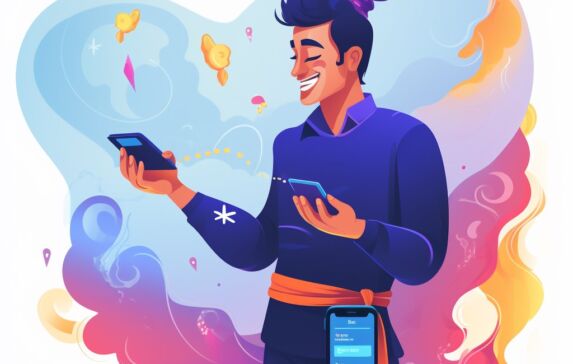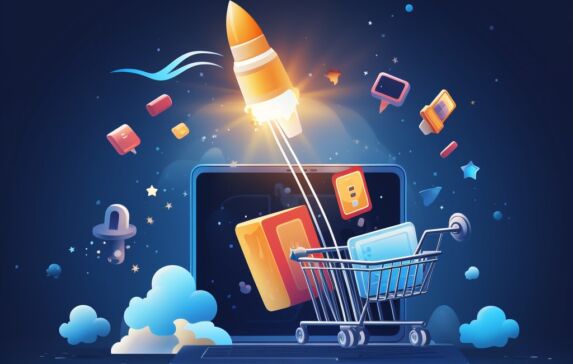Loyalty programs have increased in popularity over recent years, and with good reason. They provide benefits to both the customer and brand alike, making the customer feel valued and nurturing repeat custom.
As brands work hard to create a more personalized customer journey, loyalty programs can be a great way to “give back”.
What is customer loyalty?
Put simply, customer loyalty refers to an ongoing relationship between a customer and a company. A loyal customer constantly prefers your company’s products or services and chooses to return as and when the need arises. Once customers become loyal to your company or brand, they tend to make repeat purchases. Sometimes, they even become prepared to pay more for the same product or service that was being offered by another competitor at a lower price.
Customer loyalty programs work
Customer loyalty initiatives play a key role in customer retention, something that has become increasingly important in today’s competitive environment. 83% of customers say that because of loyalty programs, they are more likely to continue doing business with a specific company.
Notable statistics about customer loyalty programs
- 69% of consumers say loyalty programs influence their choice of retailer.
- 37.5% of consumers join loyalty programs to receive rewards while 57% join to save money.
- 76% of consumers think that loyalty programs play an important role in strengthening their relationship with brands.
Do customer loyalty programs increase sales?
Yes, they really do. When a customer becomes loyal to a company, they usually make more purchases and will typically recommend your brand to their friends and family in the process. A simple 5% in customer retention can boost profits anywhere from 25% to 95%.
Killer reasons to start a customer loyalty program
(1) Increase sales and revenue – With successful customer retention and a personalized shopping experience, businesses can expect an uptick in sales and revenue. Using a tool like HelpfulCrowd, you’ll also be able to suggest similar products related to previous purchases, further increasing your chances of making a sale. Click here to sign up for a free demo.
(2) Save money – Whilst you will have to make a small investment in the loyalty program at first, potentially offering discounts or deals, the results are usually more than worthwhile in the long term. Retaining existing customers is around 25% less expensive than acquiring new ones.
(3) Collect data and insights – As we’ve mentioned a few times in this blog, customers now expect a personalized experience. Through a customer’s previous sales, their response rate to specific offers or loyalty programs, you’ll begin to develop a profile that enables you to make more targeted marketing efforts.
(4) Strengthen the relationship with your customer – With a better understanding of what your customer likes (and dislikes) you’ll be able to nurture a stronger relationship with your brand. You’ll be able to recommend products based on their preferences and purchase history, inform them of relevant sales and discounts, and acquire feedback that offers social proof for others. This experience is most likely to result in positive customer reviews and user-generated content.
(5) Reach a new audience – Asking existing customers to “recommend to a friend” or share with their own social media followers in return for an offer or deal is a great way to reach new audiences. Happy customers will often voluntarily leave a review or share images and video content of your products. This “social proof” can be extremely powerful, resulting in increased traffic and more sales.





